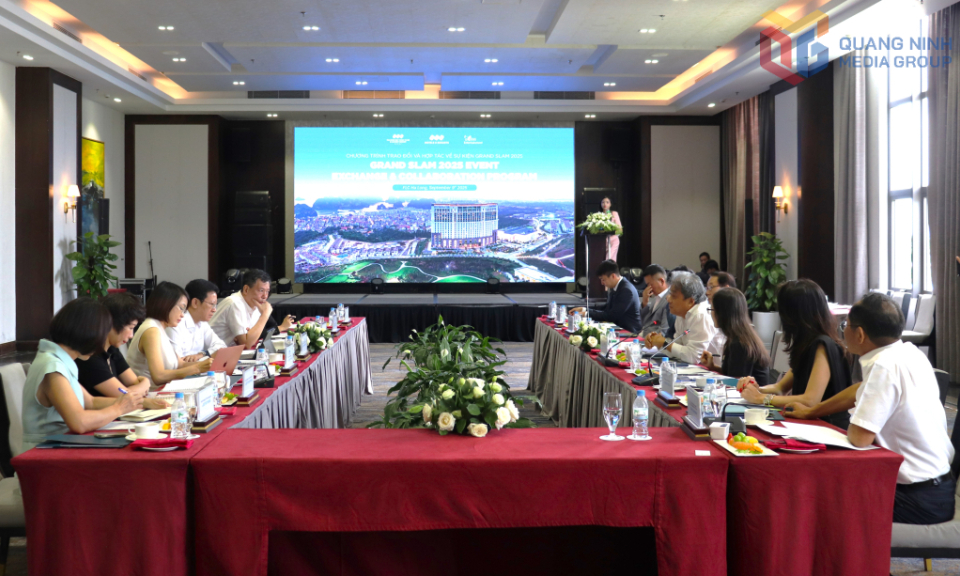Việt Nam aims for $4,900 GDP per capita by 2025
The overarching aim for 2025 is to drive economic growth while ensuring macroeconomic stability, controlling inflation and maintaining a balance among key economic components.
Việt Nam aims to achieve a GDP per capita of US$4,900 by 2025 as one of 15 key targets outlined in Resolution 158/2024/QH15 adopted by the National Assembly.
This ambitious goal reflects the country's commitment to accelerating growth and resolving systemic challenges to meet the objectives of its 2021-2025 socio-economic development plan.
The current GDP per capita, as recorded by the World Bank in 2023, is almost $4,500.
The overarching aim for 2025 is to drive economic growth while ensuring macroeconomic stability, control inflation and maintain a balance among key economic components. The Government is also prioritising reforms in institutional frameworks, addressing legal and procedural bottlenecks and fostering innovation to create breakthroughs in development.
These measures are designed to strengthen Việt Nam's economic foundations and support sustainable progress in the face of global and regional challenges.
Among the targets for 2025, Việt Nam aims to grow its GDP by 6.5-7.0 per cent, with an aspirational goal of 7.0-7.5 per cent. Manufacturing, particularly in industrial sectors, is expected to contribute 24.1 per cent of GDP, reflecting efforts to modernise the economy. Labour productivity is projected to grow by 5.3-5.4 per cent annually, while the proportion of trained workers is set to reach 70 per cent, with 29-29.5 per cent holding certifications.
The Government has placed a strong focus on social welfare and infrastructure development. Key health indicators include achieving 15 doctors and 34.5 hospital beds per 10,000 people, alongside expanding health insurance coverage to 95.15 per cent of the population.
Poverty reduction remains a priority, with plans to reduce the multi-dimensional poverty rate by 0.8-1 per cent annually. Environmental goals include ensuring 95 per cent of urban solid waste is collected and treated and that 92 per cent of industrial parks comply with environmental regulations through adequate wastewater treatment systems.
Infrastructure development is a central pillar of the plan, with significant investments in strategic projects such as highways, urban transit systems and high-speed rail to enhance connectivity and drive regional growth. The Government also seeks to foster innovation through increased research and development, promoting entrepreneurship, and transitioning towards a green and digital economy. Human capital development is another key area, focusing on improving education and training to build a skilled workforce capable of meeting the demands of emerging industries.
To achieve these targets, the government has identified nine priority measures, including simplifying administrative procedures, enhancing local governance and strengthening accountability. Efforts to curb corruption and improve public sector efficiency are also emphasised to ensure resources are allocated effectively. Climate change mitigation, resource management, and environmental protection are integral to balancing economic growth with sustainability.
The 2025 agenda reflects Việt Nam's ambition to strengthen its competitiveness while fostering equitable growth. By addressing structural challenges and leveraging regional and global integration, the country aims to secure its position as a dynamic economy in Southeast Asia. As it works towards these goals, Việt Nam is poised to enhance living standards, improve social welfare and solidify its reputation on the international stage.






